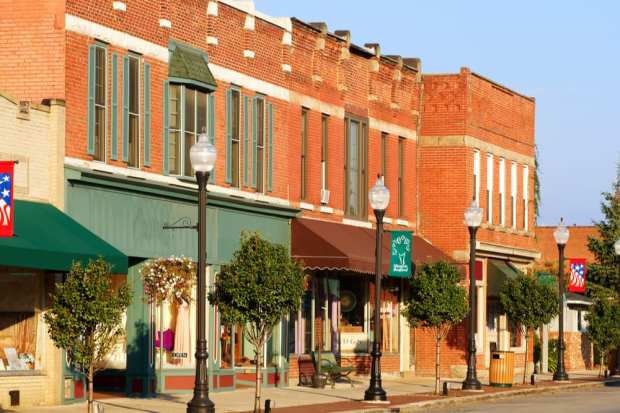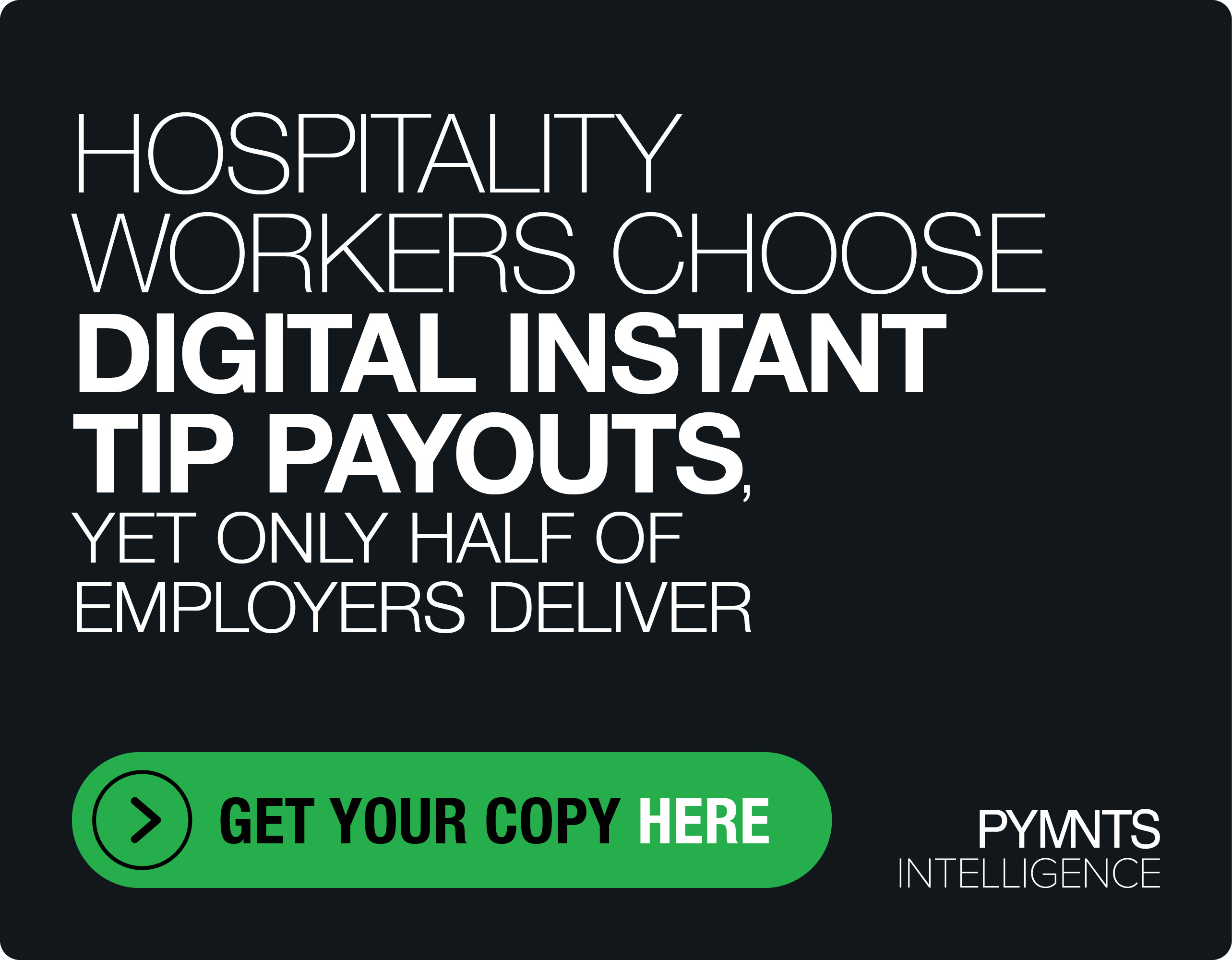The Blueprint For Rethinking Main Street

For the small shops and independently owned restaurants that line America’s Main Streets from coast to coast, the past eight weeks have been a difficult time leading toward an incredibly uncertain future.
Forced to close their doors by stay-at-home orders, the majority of small- to medium-sized businesses (SMBs) that PYMNTS has surveyed said they didn’t believe they would have enough cash to see them through the pandemic — even with government Paycheck Protection Program (PPP) loans.
Hunter Hall, executive director of the Main Street Business Improvement Association (MSBIA), told Karen Webster recently that Main Street has to adapt if it hopes to continue as an active commercial base of restaurants and retailers.
“Up until now, it has all been about public health and how to do what’s best for protecting the public, which is as it should have been,” Hall said. “But now as we enter [the] economic-recovery phase, there has to be some give and flexibility here because we can’t all be as locked down until there’s a vaccine. That just doesn’t work. So, there has to be some paradigm shift in the way that we all kind of come back out into the world with a level of acceptable risk.”
The MSBIA is an advocacy group that represents Main Street businesses in Santa Monica, California. The group recently made headlines for its contribution to the city’s recovery plan, a menu of different options that would allow restaurants and retailers to spill out of buildings and onto the sidewalks and into fully or partly shut-down roads. This would dramatically expand businesses’ footprints, allowing customers and staff to practice social distancing and other COVID-19 best practices.
Hall said that expanding businesses outdoors isn’t the silver bullet that will save all of Main Street, but it will help when combined with a lot of other innovations and pivots. Such moves will give America’s restaurants and retailers a chance to live to fight another day and come back differently — and stronger — than what came before.
Accepting The Reality Of The Situation
Hall told Webster that he’s not only a Main Street lobbyist, but he also works in the restaurant business and can say the industry’s pivot toward digital has been impressive. But he said that’s not a full solution to restaurateurs’ dire problems.
“Restaurants have been devastated,” he said. “They’re doing takeout and delivery primarily as a Band-Aid on a gunshot wound.”
But to really recover, eateries need to open up again for onsite dining — although doing that in the recovery period is going to require many things that Hall admitted will seem “a little bit weird.”
“I don’t know how I’ll feel when I go to a restaurant for the first time and everyone’s wearing masks and maybe gloves, and there’s a whole web of processes and procedures that I’m unfamiliar with,” he said.
But Hall agreed with Webster that consumers hungry enough for the experience of actually dining out will likely get used to new, safety-oriented measures. He said he imagines patrons will also easily and probably permanently adopt other less-troubling changes, like single-use paper menus or digital menus delivered directly to a diner’s phone.
However, Hall said that few restaurants can adapt financially to capacity caps that limit them to only 25 percent or 50 percent of their normal indoor capacity. Allowing dining establishments and retailers to expand outdoors will at least give them a chance to operate in a way that’s economically viable while still respecting the social distancing that consumers will likely demand.
“Hopefully if we have our way and Main Streets all around the nation have their way, it’ll be a much more European feeling in many places here in the U.S., as it will be much more outdoors,” Hall said.
Expect ‘Conspicuous Cleaning’ From Here On Out
Even with the use of outdoor space, Hall said that retailers will have a long and very complicated road ahead of them. After all, we’re facing a world where trying on shoes or clothing will be uncomfortable and feel like a health risk to a lot of shoppers.
He said he won’t be shocked if higher-end retailers begin leveraging things like augmented reality (AR) technology to allow “virtual try-ons.” Or, shops might put a single item on display and have staff pull a try-on version from a storeroom and steam clean it before a consumer touches the item.
It’s possible that retailers will even begin repurposing job roles to have workers specially dedicated to steaming goods continually to “kill any virus living on the surface,” Hall said. In fact, he suspects “conspicuous cleaning” will be the wave of the future in both restaurants and shops.
“I think that this will forever change the hospitality industry,” he said. “Front and center for the rest of our lives, we will see staff making a really concerted effort to put on a theatrical show, if you will, about cleaning everything in an environment regularly and out in the open — making sure you, the customer, see it.”
Ultimately, Innovative Businesses Will Survive
Hall said he believes there’s also a lot more experimentation coming down the pike — more meal kits and restaurants offering family-style dinners to be popped in the microwave and served. You’ll also see more retailers offering Zoom consultations with stylists or offering to digitally book an appointment for you to drop off items for tailoring.
Ultimately, Hall said he believes that Main Street will make it through the crisis a little worse for wear — and much improved.
“I think that American business owners are nothing if not creative, so I think that they’ll find creative ways to get around this,” Hall said. “It might take a little bit, but the silver lining here is [that] every time there’s a crisis, the operators who do [survive] — whether it’s retail or restaurant — are better, smarter, more nimble, and they think ahead a little bit more.”
